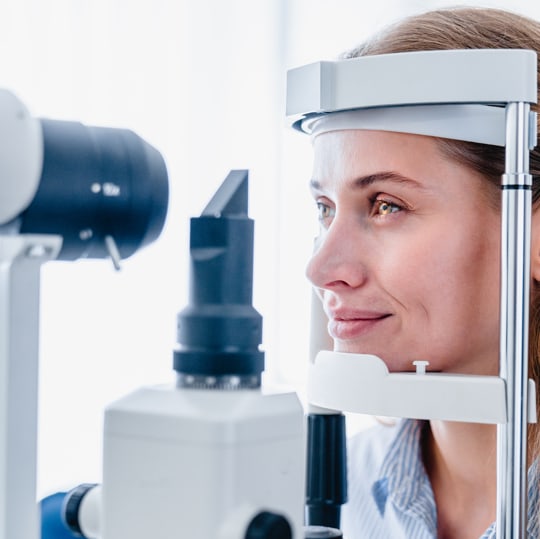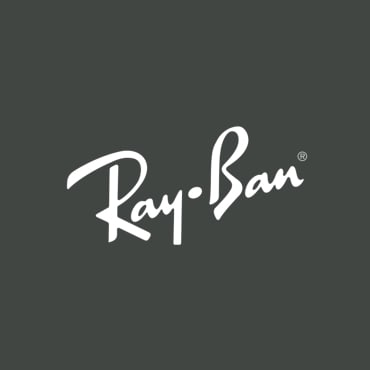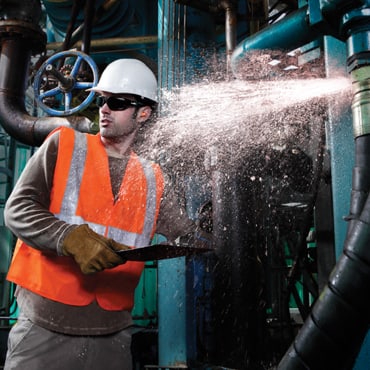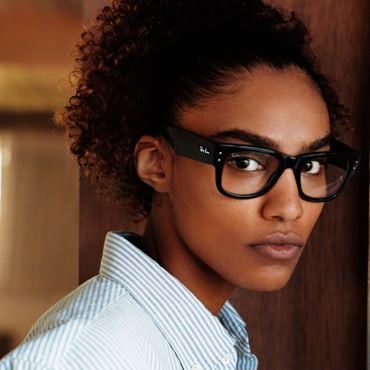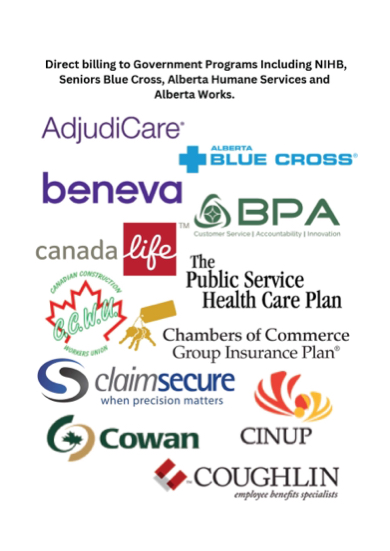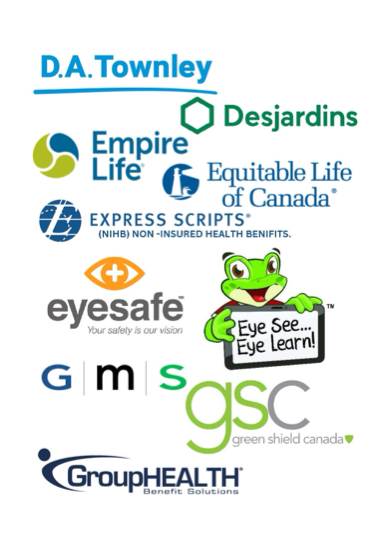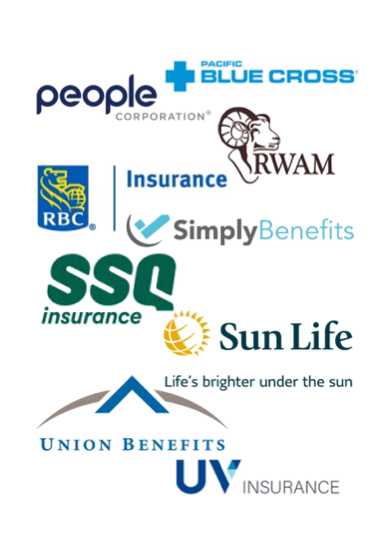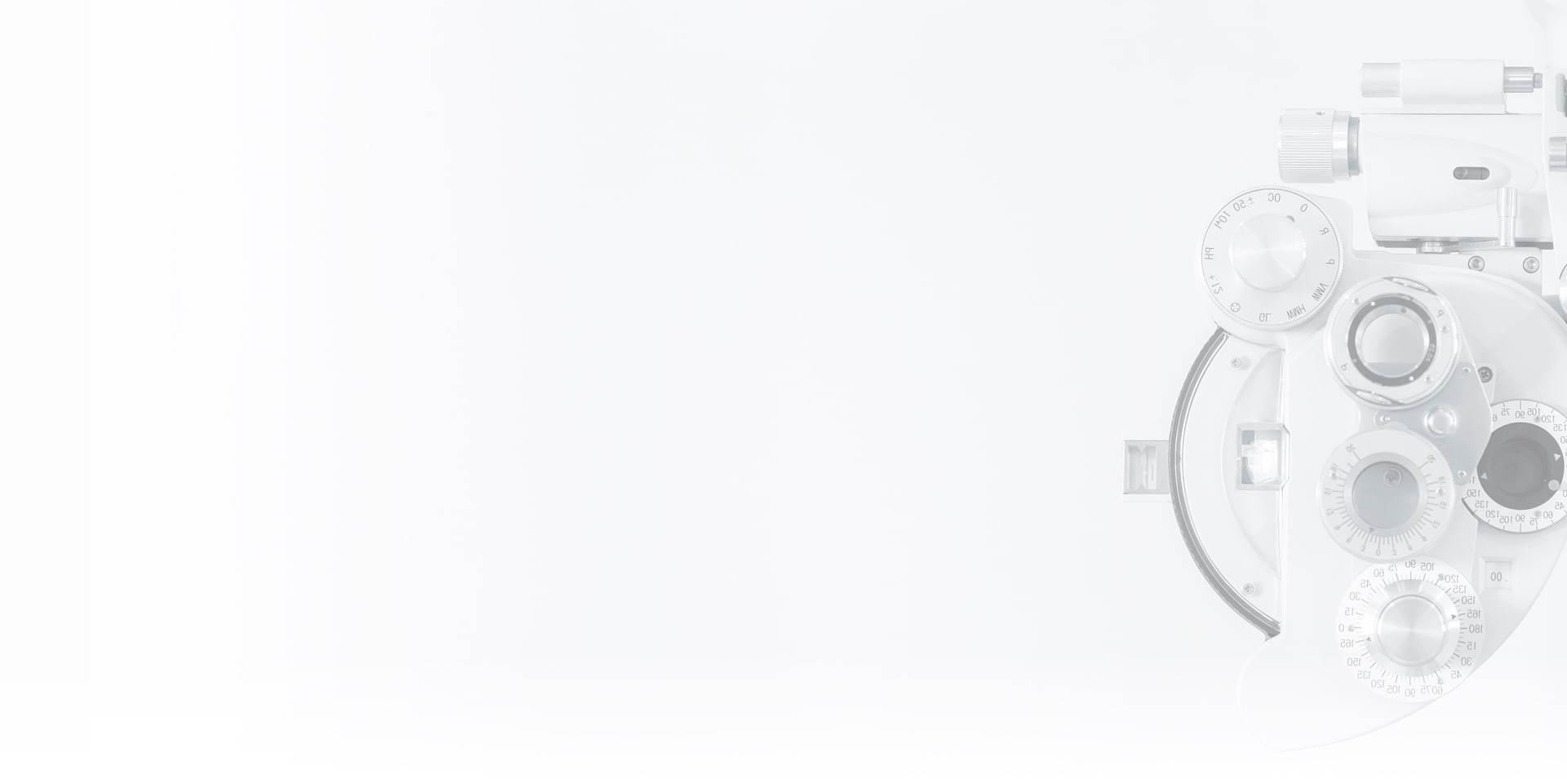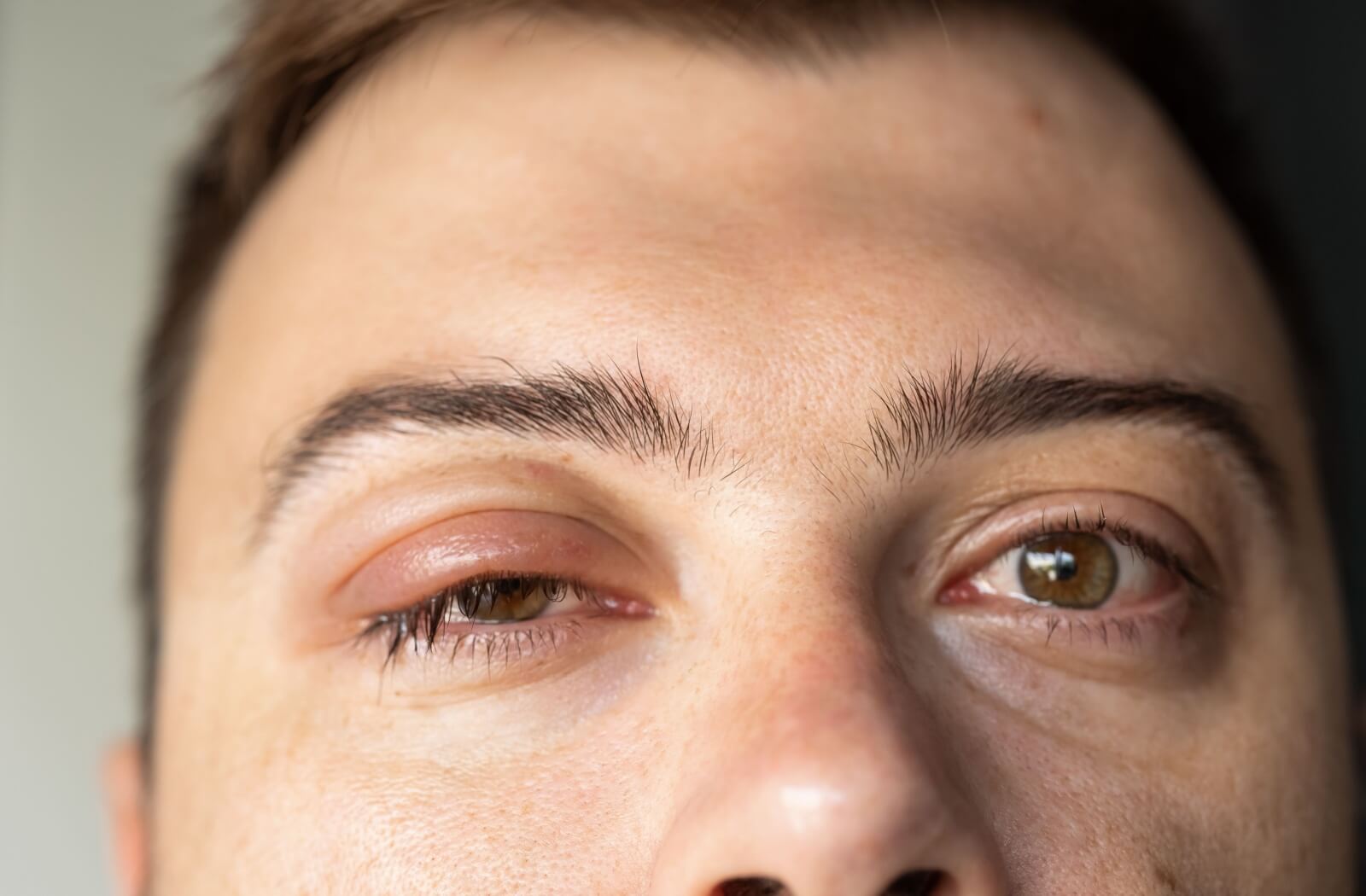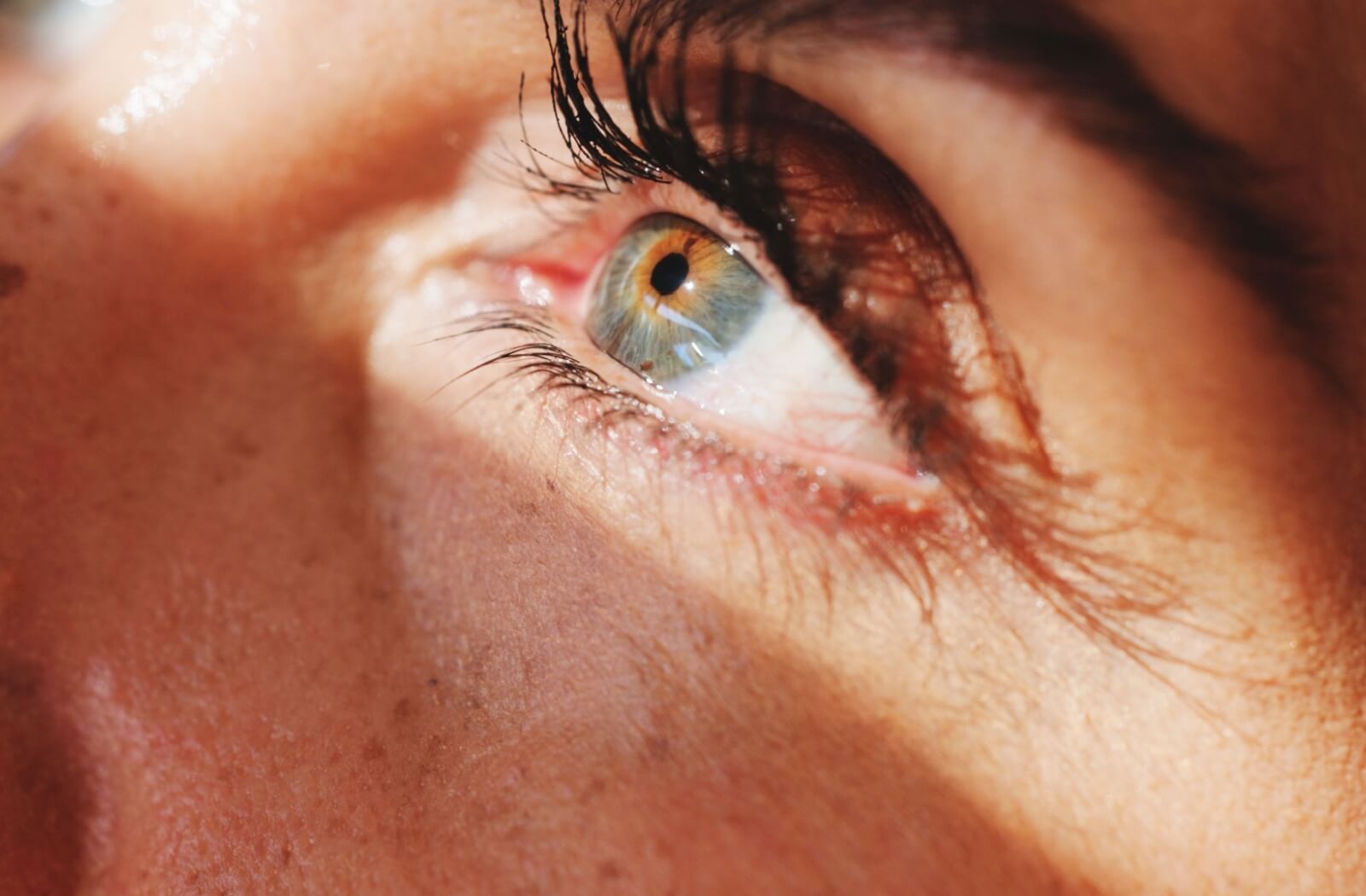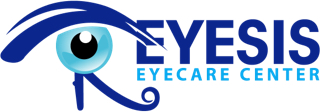When thinking about eye protection, safety goggles usually come to mind. However, if you have a prescription, the standard glasses won’t cut it. Their lenses usually aren’t strong enough to safeguard your eyes and leave you open to eye emergencies.
Whether you work in construction, woodworking, medicine or any other field that exposes your eyes to hazards, prescription safety glasses offer eye protection while correcting vision problems.
What Are Prescription Safety Glasses?
Prescription safety glasses have corrective lenses designed to offer the same level of protection as regular safety glasses. They allow you to see clearly while keeping your eyes safe from flying debris, chemical splashes, and other hazardous materials. According to the Canadian Institute for the Blind (CNIB) over 700 Canadian workers suffer eye injuries on the job every day. 90% of those injuries could’ve been prevented with proper PPE.
Manufacturers can design them to meet various safety standards, including ANSI Z87.1 and CSA, which make them ideal for a range of professions. A certification mark must be visible on lenses, frames, removable side shields, or any other part of the glasses.
You can choose from different types of lenses when it comes to prescription safety glasses:
- Polycarbonate lenses are popular because they are the most impact-resistant while remaining lightweight. Most also have built-in UV absorption properties, making them ideal for protecting your eyes from UV damage.
- Trivex lenses are also an excellent choice because they are similar to polycarbonate lenses by having UV radiation absorption properties, but are a bit less impact-resistant.
- High-Vex lenses could be a good option for patients who need a high prescription because they’re thinner and lighter with very clear material.
- Plastic (CR39) lenses are lighter than glass and resistant to solvents and pitting but are less impact-resistant than other types.
- Glass lenses are heavy, lose their impact resistance if scratched, and overall don’t meet CSA Z94.3 impact criteria. Avoid any glass lenses when working in hazardous sites with flying objects.
Prescription Safety Frame Styles
There are different frame styles to choose from when it comes to prescription safety glasses. Full-rim frames or wraparounds provide the most protection because they completely enclose the lenses. However, they can be heavy and uncomfortable. Semi-rimless and rimless frames are lightweight and provide a more contemporary look, but they offer less protection.
Whatever frame you choose, your glasses need to fit your face. Your eyewear should cover from your eyebrow down to your cheekbone, and across from your nose to that bony area on the outside of your face and eyes.
Your eyewear should rest comfortably over your temples and ears. The frame should nestle as close to your face as possible while being adequately supported by the bridge of your nose. Finally, you should be able to look in all directions without any major obstructions in your field of view.
This is why getting properly fit glasses is crucial—eye size, bridge size, and temple length can vary a lot. We want to keep any gaps between the edges of the device and your face as small as possible.
The Benefits of Prescription Safety Glasses
Your eyes are precious, and prescription safety glasses do their part to keep them safe.
Avoid Eye Injury
Eye injuries can be debilitating, and they can happen anywhere—at home, work or even while participating in sports. Prescription safety glasses are specifically designed to withstand impact, thus serving as a barrier between your eyes and any harmful foreign objects.
Prescription Accuracy
If you have a prescription, then you understand the significance of having the right eyeglasses. Standard safety glasses won’t provide the same vision correction your prescription glasses do, limiting your visual acuity and putting your health at risk. Prescription safety glasses offer the same protection you need with prescription accuracy, enabling clear vision in a potentially hazardous environment.
Multiple Uses
Prescription safety glasses aren’t just for outdoor labour jobs. You can use them in a variety of industries, including healthcare, manufacturing, and engineering. Anytime you’re required to wear eye protection, safety glasses can be life-saving.
If you have to wear safety glasses for long hours, adding a prescription to your safety glasses can also provide much-needed eye comfort and reduce eye strain.
Stylish
Safety comes first, but some people may avoid wearing safety glasses despite the risks because they don’t like how they look. Thankfully, prescription safety glasses come in different designs and styles, which adds an element of fashion to the standard safety glasses.
You can choose a pair that complements your style and personality while still offering the needed protection.
Prescription Safety Glasses Care
Cleaning and maintaining your prescription safety glasses can help them keep their protective properties:
- Cleaning your glasses daily according to manufacturer instructions.
- Avoid scratching the lens with rough handling, which can weaken the lens and impair vision.
- Keep your glasses in a clean, dry place where they won’t fall or be stepped on, such as a case.
- If your lens becomes scratched, damaged, or no longer fit due to bending, replace them immediately.
- Replace damaged parts using supplies from the same manufacturer, or else you could affect the safety rating.
- Don’t change or modify your glasses.
See Cleary, See Safely
Your eyes are precious and require the utmost protection. With prescription safety glasses, you can protect your eyes while still correcting your vision problems.
Eyesis Eyewear offers a wide selection of prescription safety eyewear made with safety-approved lenses and frames. Our expert team can help you find the glasses that match your safety needs for work or play.
Invest in safety today and book an appointment to speak with an optometrist. Remember, you only have one set of eyes, and you have to take care of them.




